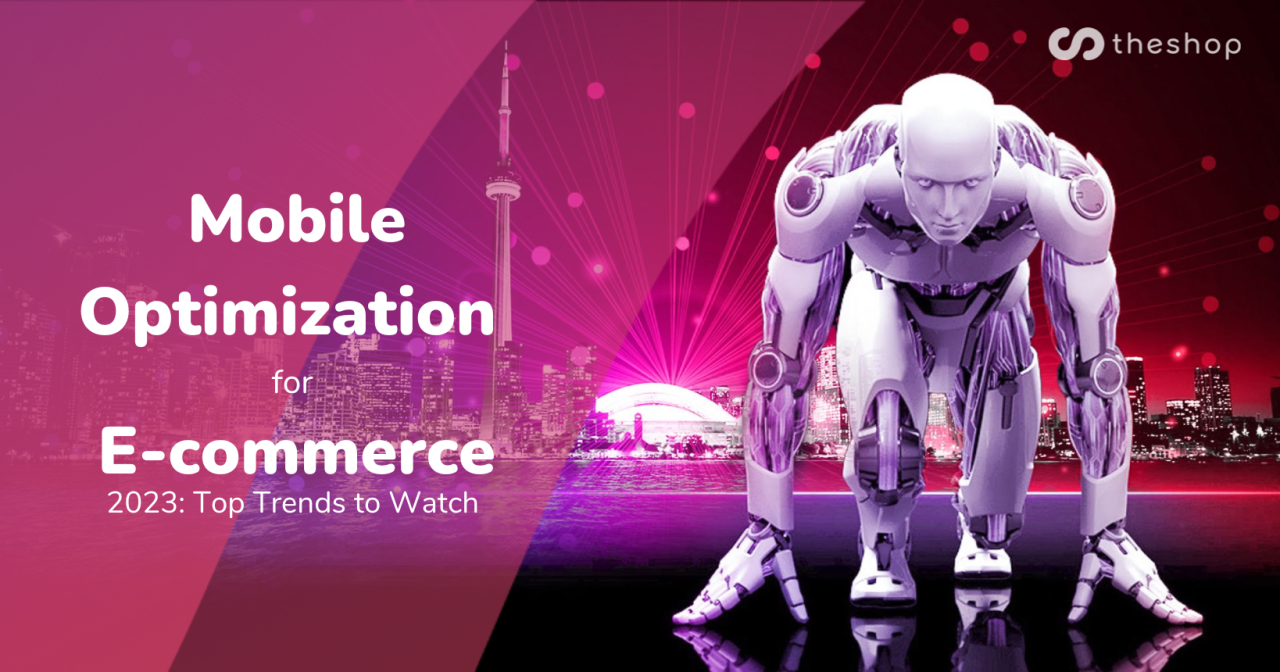Funding Your Sustainable SME: A Practical Handbook

Table of Contents
Identifying Funding Sources for Sustainable SMEs
The funding landscape for sustainable businesses is diverse and evolving. Several avenues exist, each with unique advantages and requirements.
Government Grants and Subsidies
Many governments worldwide offer grants and subsidies specifically designed to support sustainable initiatives. These programs often target green energy, sustainable innovation, and environmentally friendly practices. For example, the European Union provides substantial funding through its Horizon Europe program, while the United States offers various grants through agencies like the Environmental Protection Agency (EPA) and the Department of Energy. Canada also has several provincial and federal programs supporting green technology and sustainable businesses.
- Types of Government Funding: Green energy grants, grants for sustainable innovation, grants for waste reduction, grants for energy efficiency improvements.
- Eligibility Criteria: Vary widely depending on the program, often including business size, sector, location, and the nature of the sustainable initiative.
- Application Processes: Typically involve detailed applications, business plans, and financial projections. Check specific program guidelines for precise requirements.
Impact Investors and Venture Capital
Impact investors and venture capitalists are increasingly interested in sustainable businesses. These investors are motivated by both financial returns and positive social and environmental impact. They seek businesses with a strong ESG profile and a measurable contribution to sustainability goals.
- Characteristics Attracting Impact Investors: Strong ESG performance (environmental, social, and governance metrics), measurable social impact, innovative sustainable business model, experienced and committed management team, robust financial projections.
- Due Diligence Process: Expect thorough scrutiny of your business plan, financial statements, environmental impact assessment, and social responsibility initiatives.
Bank Loans and Lines of Credit
Traditional financing options like bank loans and lines of credit remain viable for sustainable SMEs. However, securing these requires a strong business plan, a proven track record, and a healthy credit history. Many banks now offer "green loans" with favorable terms for environmentally friendly projects.
- Types of Loans Available: Term loans, lines of credit, equipment financing, working capital loans.
- Requirements for Securing Financing: Detailed business plan, financial projections, collateral, credit score, strong management team. Green loans often require demonstration of environmental benefits.
Crowdfunding and Peer-to-Peer Lending
Crowdfunding and peer-to-peer lending platforms offer alternative financing options. These platforms connect businesses directly with individual investors, bypassing traditional financial institutions. Building a strong online presence and engaging a community around your sustainable mission is crucial for success.
- Advantages: Access to a wider range of investors, potential for community building, increased brand visibility.
- Disadvantages: Can be time-consuming, requires strong communication skills, success depends on public perception and engagement.
Crafting a Compelling Funding Proposal for Sustainable Initiatives
A well-structured funding proposal is crucial for attracting investors. It must clearly articulate your business model, highlight your sustainability value proposition, and demonstrate financial viability.
Highlighting Your Sustainability Value Proposition
Effectively communicate the environmental and social benefits of your business model. Quantify your impact using clear metrics.
- Quantify Your Impact: Reduce your carbon footprint by X%, reduce waste generation by Y%, improve local community engagement by Z%, create A number of green jobs.
- Showcase Sustainability Certifications: B Corp certification, ISO 14001 (Environmental Management System), Fair Trade certification.
Demonstrating Financial Viability
Present realistic and well-supported financial projections, showcasing profitability and return on investment (ROI).
- Essential Financial Statements: Business plan, profit and loss statement, balance sheet, cash flow statement, projected financial statements.
- Key Performance Indicators (KPIs): Revenue growth, customer acquisition cost, customer lifetime value, environmental impact metrics, social impact metrics.
Building a Strong Team and Advisory Board
A competent team with relevant experience and expertise builds credibility and confidence in investors.
- Expertise Needed: Experience in your industry, sustainability expertise, financial management expertise, marketing and sales expertise.
- Building Credibility: Include advisors and mentors with proven track records in sustainable businesses and finance.
Navigating the Funding Process for Sustainable Businesses
Securing funding involves several key steps, requiring careful planning and execution.
Due Diligence and Compliance
Meet all relevant regulatory requirements and industry best practices.
- Relevant Certifications: B Corp, ISO 14001, other industry-specific certifications.
- Environmental Impact Assessments: Conduct thorough environmental assessments to minimize negative impacts and demonstrate responsible practices.
Building Relationships with Investors
Networking is essential for finding and securing funding.
- Attending Industry Events: Attend conferences, workshops, and networking events focused on sustainable businesses and impact investing.
- Leveraging Online Platforms: Utilize LinkedIn, online investor databases, and crowdfunding platforms to connect with potential investors.
- Utilizing Professional Networks: Tap into your professional networks and seek referrals from trusted contacts.
Managing Funding and Reporting
Maintain transparency and accountability in financial management and reporting.
- Transparency and Accountability: Provide regular updates to investors on financial performance and progress towards sustainability goals.
- Regular Reporting Requirements: Establish clear reporting schedules and formats to ensure compliance with investor expectations.
Securing the Future of Your Sustainable SME
Successfully Funding Your Sustainable SME requires a comprehensive approach. This involves understanding diverse funding sources, crafting a compelling funding proposal that highlights your sustainability value proposition and financial viability, and navigating the funding process effectively. The increasing focus on sustainable practices presents a tremendous opportunity for eco-conscious businesses. By effectively communicating your value proposition and demonstrating financial strength, you can attract investors who are eager to support the growth of your sustainable enterprise. Don't delay – explore funding options for your sustainable SME today and start securing the financial support you need to thrive. Consider exploring options for Sustainable SME Funding, Funding Sustainable Enterprises, or Financing Your Green Business to find the best fit for your unique needs.

Featured Posts
-
 Rafael Nadal Lamenta La Muerte De Manuel Orantes
May 19, 2025
Rafael Nadal Lamenta La Muerte De Manuel Orantes
May 19, 2025 -
 Optimizing Your E Commerce Business For Mobile
May 19, 2025
Optimizing Your E Commerce Business For Mobile
May 19, 2025 -
 Ledra Palace Ta Dijital Isguecue Piyasasi Veri Tabani Tanitimi
May 19, 2025
Ledra Palace Ta Dijital Isguecue Piyasasi Veri Tabani Tanitimi
May 19, 2025 -
 Super Eagles Stars Future Uncertain As Gent Contract Talks Begin
May 19, 2025
Super Eagles Stars Future Uncertain As Gent Contract Talks Begin
May 19, 2025 -
 Najwieksze Zaskoczenia I Rozczarowania Polskich Preselekcji Do Eurowizji
May 19, 2025
Najwieksze Zaskoczenia I Rozczarowania Polskich Preselekcji Do Eurowizji
May 19, 2025
